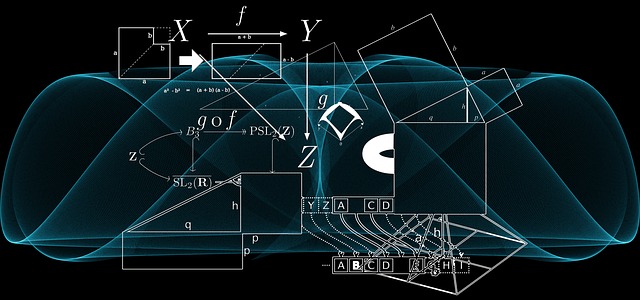POPULAR SERVICES
- Do my math homework
- Do my Statistics homework
- Academic writing help
- Do my Accounting homework
- Take my online class
- Biology homework help
- Assignment help
- Chemistry homework help
- Economics homework help
- Finance homework help
- English homework help
- College homework help
- Buy term paper
- Programming homework help
- Homework help
RELATED content
- How to answer physics questions like an expert
- What is physics?All you need to know
- 10 physics project ideas for your next venture
- 20 interesting physics topics for college students
- Benefits of physics tutoring in completing assignments
- Factors to consider when hiring your next physics homework helper
- List of 10 greatest physicists that ever lived with their contribution to the field
- How physics help in everyday life with examples
- Why physics is important for college students

Physics is a branch of natural science that aims to describe how things function around us, from the movement of the small building blocks of things to the movement of people, spaceships and cars. Everything around us operates under the laws of physics. Physics uses the tested and confirmed scientific methods to uncover the principles that govern energy and matter. This branch of natural science assumes that there certain laws that govern the functioning of the universe, and these laws are partially understood by man. It is also commonly believed that these laws can effectively be used to predict the future of the universe if the right and complete information about the current state of matter and energy was available.
The matter is considered as anything that possesses mass and volume. Many basic concepts involve the study of classical physics which involves the laws and theories that reliably explains matter and its motion. For example, the law of mass conservation states that mass cannot be created or destroyed. Further calculations and experiments in physics take account of this law when formulating a hypothesis which tries to explain certain natural phenomena. The laws of nature help us describe how the universe around us works. They are human rules that underlie the rules followed by natural processes. Although the laws of nature are not explanations, they are intrinsic. No human created them, and no human can either change them. As a human, our only power is that we can only discover and try to understand them. The only cornerstone of discovering these laws is by observation. One rule remains, Science must only describe them as they are but not the way we imagine them to be.
There is no absolute certainty in law since it is impossible to perform these experiments in all scenarios without exception. Due to this reason, all physicists operate under the condition that all these laws are varied till a counterexample is observed. In case a good and verifiable experiment is conducted and contradicts the prior-established law, then the well-established law will either be modified or overthrown completely.
Definition of key terms: Model, Theory and Law
In colloquial usage, the terms theory, model and law are usually used interchangeably, or they have a different meaning unlike how they are used in science. About their usage in Physics, these terms have their meaning.
Model
Model is a simply a representative of something that is impossible to display directly. Models in physics help the physicists to analyze scenarios. They are mostly in the form of computer simulations.
Theory
Theories are explanations that are supported by scientific evidence which have been proved by a group of researchers.
Laws
Law is used to describe a generalised pattern in nature through the support of repeated experiments and scientific evidence.
Fundamental physics concepts
The concept of Classical mechanics
Classical mechanics can be described as the laws of motions. These laws are well associated by Isaac Newton who laid the foundation through his first book "Philosophiae Naturalis Principia Mathematica". In his book, he outlined the three fundamental laws of classical mechanics as follows:
- Law of inertia
- Force=Mass x Acceleration
- Action=Reaction
Though these three laws may sound abstract, looking keenly, you will realise that they truly apply in our daily lives. For example, a ball will remain on the grass until you kick it. When you hit a wall, the wall will exert an equal opposite force which will hurt your hand etc.
The concept of relativity
This is a basic physic concept that can be described using the analogue of the rotation of the earth. The earth rotates around the earth at a speed of 67,000 miles per hour which it does not feel like so to us.
Concept of Electromagnetism
Electromagnetism is described as the force that is generated by the electrons which are found in some matters in the universe. E.g., in a magnet, the electrons are termed as charged particles which they attract nail but not a piece of paper. Some of the electromagnetic radiations are radio waves and x-rays.
Concept of thermodynamics
This concept revolves around energy, heat and their relationship with mechanical work. This concept helps us to cook, making our body warm etc.
Need Help with your physics homework?
Wondering where to get physics homework answers? Worry no more! At homeworkdoer.org, we got your back. Contact us today for prompt help.